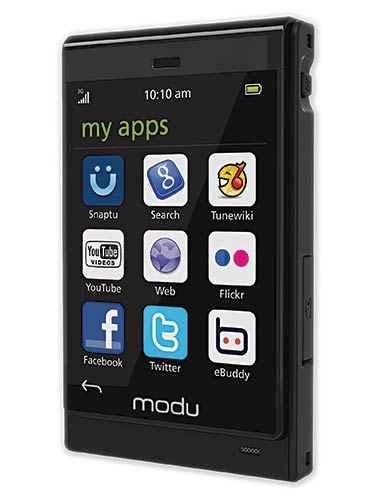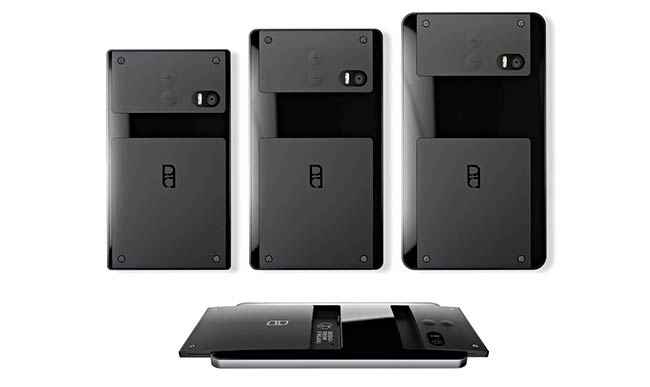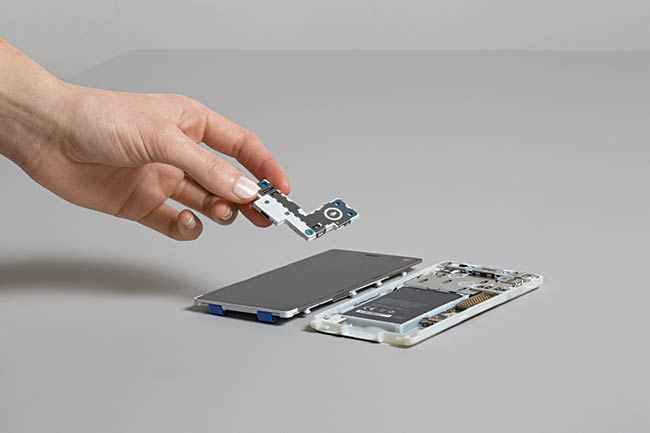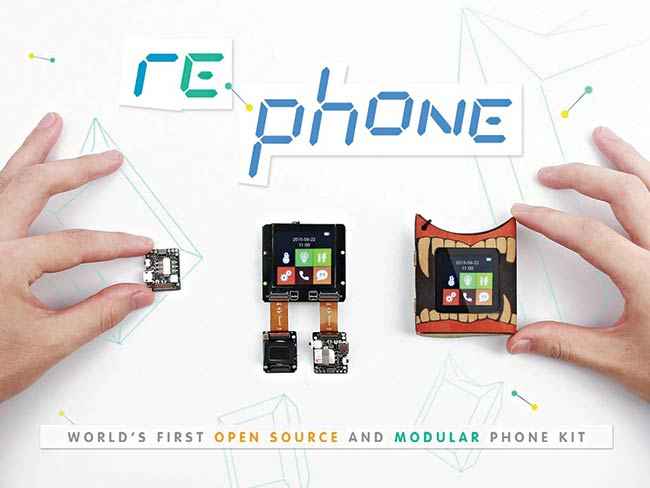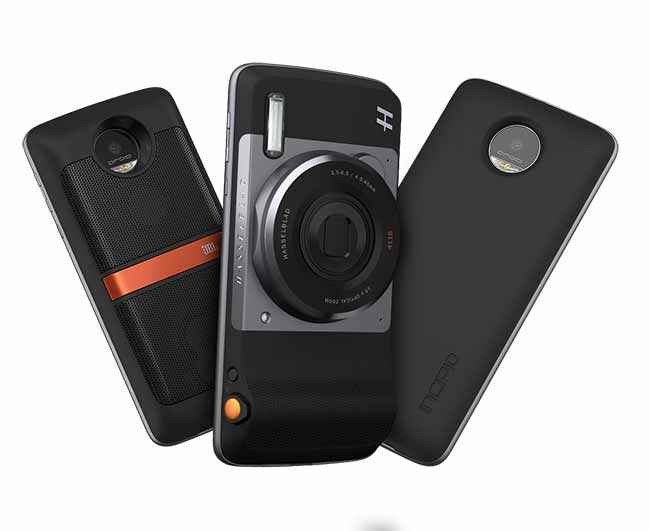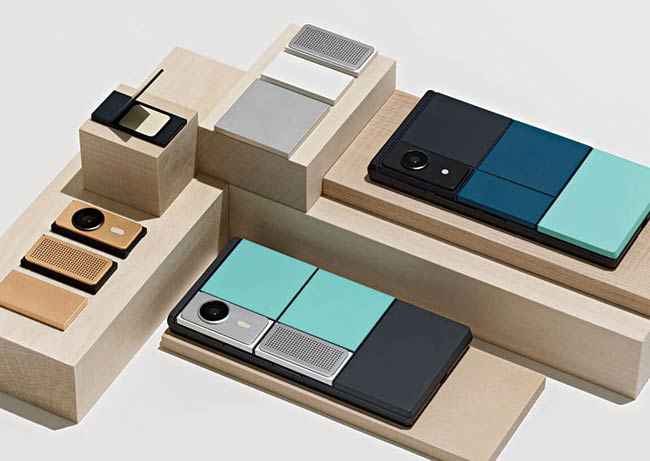Modular smartphones: How far is it from reality [Updated]
Modular smartphones are elegant, and eco-conscious. But is it just a piped dream?
![Modular smartphones: How far is it from reality [Updated] Modular smartphones: How far is it from reality [Updated]](https://static.digit.in/default/26706428c4066cb775814e7ed1e1b28b0afc031a.jpeg)
The idea that, in the event some part of your phone breaks down, you can simply replace the part-or module, instead of replacing the entire unit might sound familiar. After all, we do that to some extent already. But what if the replacement wouldn’t require professional assistance? What if you could get a module from the shop which you can just clip on, as you might attach a pair of contacts to your eyes? That’s the entire concept of a modular phone.
 Survey
SurveyApart from the convenience factor-and the economic savings it brings, what makes the modular phone sensible is the lesser e-waste it implies: Something that can be viewed as crucial in the context of the rising climate and environmental crisis the world faces right now.
A short look back
Though modular phones in their most refined state are still in the future, the core idea of swapping components has been around for a while.
For instance, parts such as hard drives, memory card and graphics card could be changed in a desktop computer-as anyone who has ever owned a computer knows. In the case of mobile devices, one of the earlier models with somewhat modular features was the Handspring Visor PDA-which offered the Springboard Expansion Slot, something that helped it function variably as a phone, GPS, a modem or a camera, albeit just one at a time. Then, there’s the phone+screen core created by Modu, an Israeli startup. This could be added to different cases by which you could use the device as a camera or a keyboard. However, the company didn’t take off as expected and later its patents were bought by Google.
The first modular smartphone concept to garner truly widespread attention was the Phonebloks. It was the brainchild of the Dutch designer, Dave Hakkens who posted a video that depicted his vision of a completely modular device in 2013. That video is perhaps more responsible for the global interest currently seen in modular phones than all the other related content put together. (So far, the video has been viewed more than 20 million times).
The current models
The past few years have seen companies in frenzied action to bring out modular smart phones to the market. But it’s only this year that unveilings have truly happened from major players. Many of these models don’t pertain to the notion of ‘complete modularity.’ But they offer significant flexibility in terms of making improvements.
Puzzlephone
Puzzlephone is perhaps the most modular of all the models currently available. It gives you the freedom to upgrade parts of it-adding faster processors as well as better batteries. For the ones who like their visuals in all enriched glory, better screens can also be added. As per the company’s CEO, Alejandro Santacreu, this Android phone has a lifespan of about 10 years, a far leap from the two years or so enjoyed with your smartphone.
Fairphone 2
Critics are already beating down on the Fairphone 2 regarding its looks (and to be fair-no pun intended- it does look a couple of decades old for something that’s supposed to be part of the future). However the Fairphone 2 isn’t without merits- it’s acutely environment conscious, its components ethically sourced. Many of its hardware components can be replaced by the end user. If multiple vendors could pitch in to provide the replaceable parts of the phone, it could go down well with the mainstream users.
RePhone kit
Rephone kit from the Chinese tech company, Seeed Studio is what one might term as a ‘sideways’ approach to the modular phone. In fact, the kit isn’t a phone at all but comes with a small, economical screen and an open source OS. You can add cellular capabilities to applications without the inhibitive prices that would be the case with regular smartphones. Added bonus: it gives a template with which you can build the enclosure from multiple materials-including cardboard, leather or 3D printed hard case.
LG G5
‘Modular puritans- those who think that modular phones as envisioned in the early stages of ideation, the ones which you can practically take apart and replace with entirely new set of parts from top to bottom, are the only ones truly worth the name may find G5 way less than modular. But the phone does give its share of modularity-for instance, the hi-fi and camera could be replaced. The battery compartment is also removable. Yes, if the phone were to put that down in a resume, it wouldn’t look all that impressive. But for the mainstream users, this could be a first taste of things to come.
Motorola Moto Z
Motorola, like any other company in the modular fray, wanted to expand the idea of what a phone does. Hence, the Moto Z. The ‘mods’ in the system include a JBL SoundBoost speaker, Incipio OffGrid Power Pack and also Moto Insta-Share Projector. All the mods can be attached to the Moto Z using magnets. The mods connect comfortably enough though only one mod can be connected at a time. In case if you are interested to bag one of these, they go on sale on the 17th october at midnight.
The stumbling blocks
While the tech world-which is just about everyone living in the urban centers of the world-is excited at the idea of modular phones and the fact that major companies have come up with their initial variants, certain stumbling blocks stand in the way of modular phones and their widespread adoption by the mainstream users.
Some of the major ones are:
Lack of standardization
Standardization is the key for facilitating mass consumption. At the risk of sounding simplistic, it’s like coming to a consensus that sugar is best for coffee and not salt. Once you have that cleared, coffee consumption is bound to increase. Unfortunately for the modular phone industry, no common norm exists at this point of time. This makes the number of modules available with a product rather limited. On the bright side, even though standardization is an issue currently, it’s not at all insurmountable.
The ‘awareness cost’ on the consumer
Modular phone obviously means you have to grapple with a whole lot of units on your phone. This sort of implies that you need to keep a tab on the upgrade options of individual modules, which could be overwhelming, to say the least. God only knows that keeping track of all the advancements in phone-as a singular unit is hard in itself. Whether the consumer would be willing to incur this psychological cost will be a key factor is deciding the future of modular phones.
The monetary cost
The thing that makes the world go round, also determines to a large extent the shape of things to come. As far as modular phones go, we can only guess at what the different companies will charge for the various modules, and such guesses wouldn’t take us anywhere. While it’s a fact that the pricing has to be competitive, in the final analysis will it provide the consumer with enough reason to forsake the idea of getting a new phone for certain modules? That remains to be seen.
Engineering challenges
Since the modular phones haven’t yet found a wider user-base, it’s still only speculative how well it will function in the real world. Compatibility issues are going to be one major factor that manufacturers will have to tackle. What with the challenges we sometimes face with as simple a thing as installing an app in our smartphone, it’s logical to assume that when you are fitting an entire new unit in your phone, it’s bound to get tacky. Then, there are the ‘fundamental’ issues like the phone dropping to the ground-we all do that too often, whether we want to or not. And when the phone in question is a collection of bundled parts that hits the floor with reasonable force…scary.
Cross-compatibility
So, you buy a new module for a phone. But what’s to ensure that that particular piece will gel well with modules that you may add at a later date-and we don’t mean just on the visual front. This is one question that’s pricking behind the forehead of many a tech-enthusiast, bringing on an itch which we cannot wait to scratch at. But to do that, we will need the future to come along. Can. Hardly. Wait!
The size
Size does matter. Nowhere is it more applicable than in the case of modular phones. Miniaturizing the modules still seems a long way off. This means that the phones would be rather clumsy to carry, if it’s to have all functionalities you require.
A closer look at Google Ara
Google is the paparazzi-flanked celebrity equivalent in the tech world. Just about anything that the company does, or doesn’t do, gets reported. The good news is that the tech-mammoth does come up with interesting stuff that makes for worthy reporting. One such thing was it's modular phone project – Google Ara.
To begin with, this will be the first phone that the company makes independently- previously, Google has given us such things as tablets and laptops though the company still persists in our mind for that search engine of theirs, dayum!
While the original plan with Ara was to modularize every component, from the screen to the camera, that is not what fate has dictated, it seems. At least, for the time being. The version of Ara that’s coming out will have some of the major elements as part of the phone’s frame. In addition to the screen, these include basic speakers, RAM and the processor.
The makers point out that having the key components in-built will give more space for adding more modules. Given that things like the processor may not be the first which the average user will want to replace, this makes sense.
The change in vision from an infinitely upgradable endoskeleton to one which enables hardware to be swapped means that a lot of excitement revolves around the modules that you can add. And the success of the product will certainly depend on the quality of these extra modules that Google brings out.
The company is set to bring out modules with the aid of independent developers. The market for these modules will be owned by Google and the company will take a cut of the proceedings. But in their statements to the media, the company has said it won’t be a big cut. It better not be, for turning away developers wouldn’t be to the benefit of Google-to reinstate, the core excitement now is around the modules they offer.
The developers which Google has roped in include heavyweights like TDK, Panasonic, Wistron, E-Ink, Harman, Sony Pictures and Samsung. A few health companies are also in the fray. Of course, Google itself will create a few modules. Also, apparently, plenty of high-end fashion brands have also shown interest in developing modules for Ara.
What all this boils down to is that while Ara may not be a modular phone in the truest sense, for Google it surely tried to bring in a new hardware ecosystem and partner platform. Google, however decided to suspended the modular Project Ara smartphone project in September 2016. While speaking to VentureBeat, a Google spokesperson admitted that the phone would not be coming to market and the decision was made as Project ARA proved too ambitious and costly to make modular phones a reality. Earlier in May, the company had announced that an Ara phone could ship to developers during the fall.
What to make of it all?
While potential exists for the modular phone-at least in theory, it’s yet to be fully realized. Although many problems contribute to this, perhaps the most immediate one is that of size. If you keep on adding modules for each functionality, you will end up with something far clumsier than you would like to take out in the open, let alone flaunt.
When it comes to the modular models currently available, it’s more than evident that they are far from being truly modular-prototypes which approximate the idea at best, a simple leg up from swapping hardware which we practice now with the aid of a technician. But that in itself is not a bad idea, and involves significant amount of technical ingenuity. Even swapping camera modules and enhancing audio output is something that we couldn’t imagine up until recently
But until the size factor is tackled once and for all, it seems the infinitely upgradeable modular phone will remain a wishful dream.
This article was first published in September 2016 issue of Digit magazine. To read Digit's articles first, subscribe here or download the Digit e-magazine app for Android and iOS. You could also buy Digit's previous issues here.
